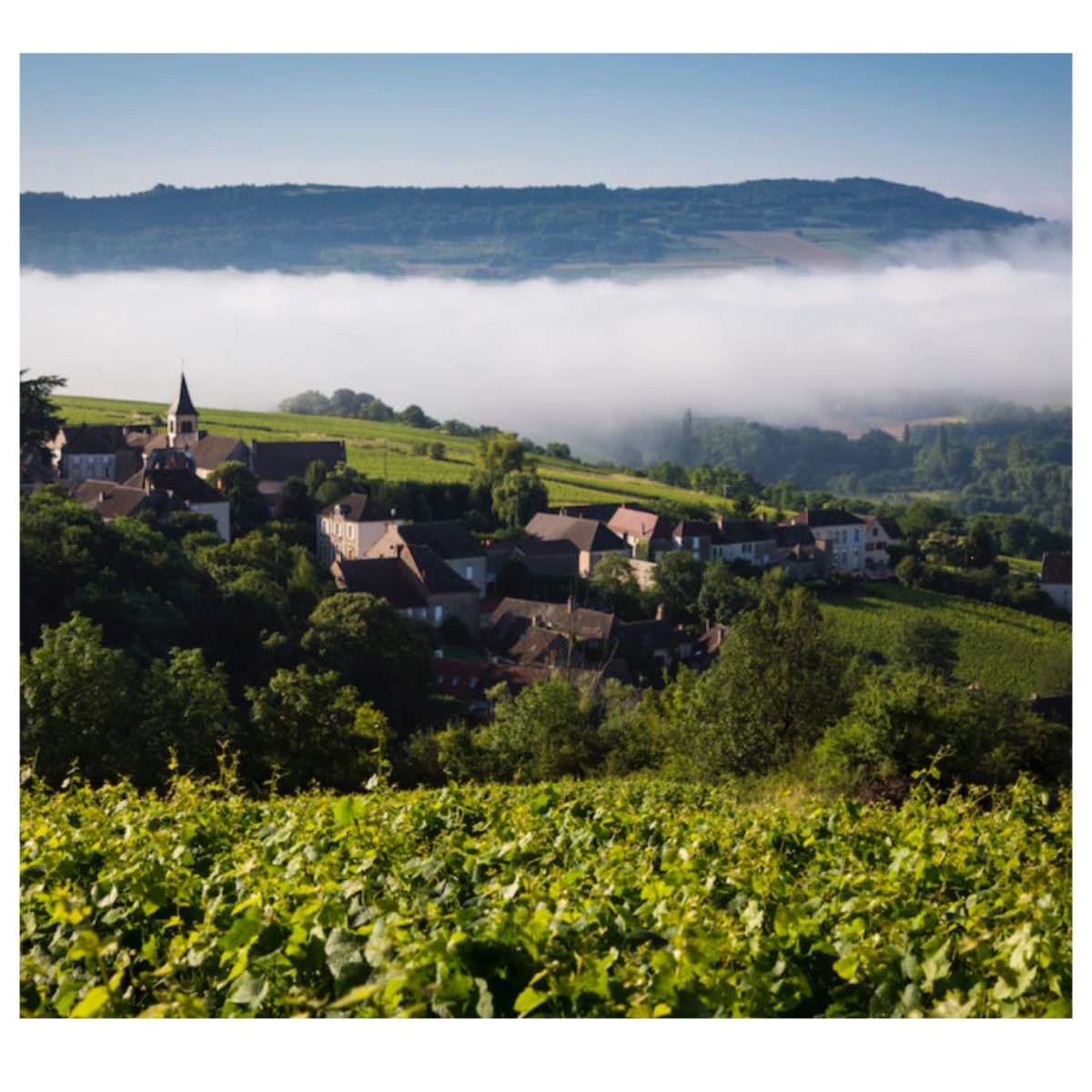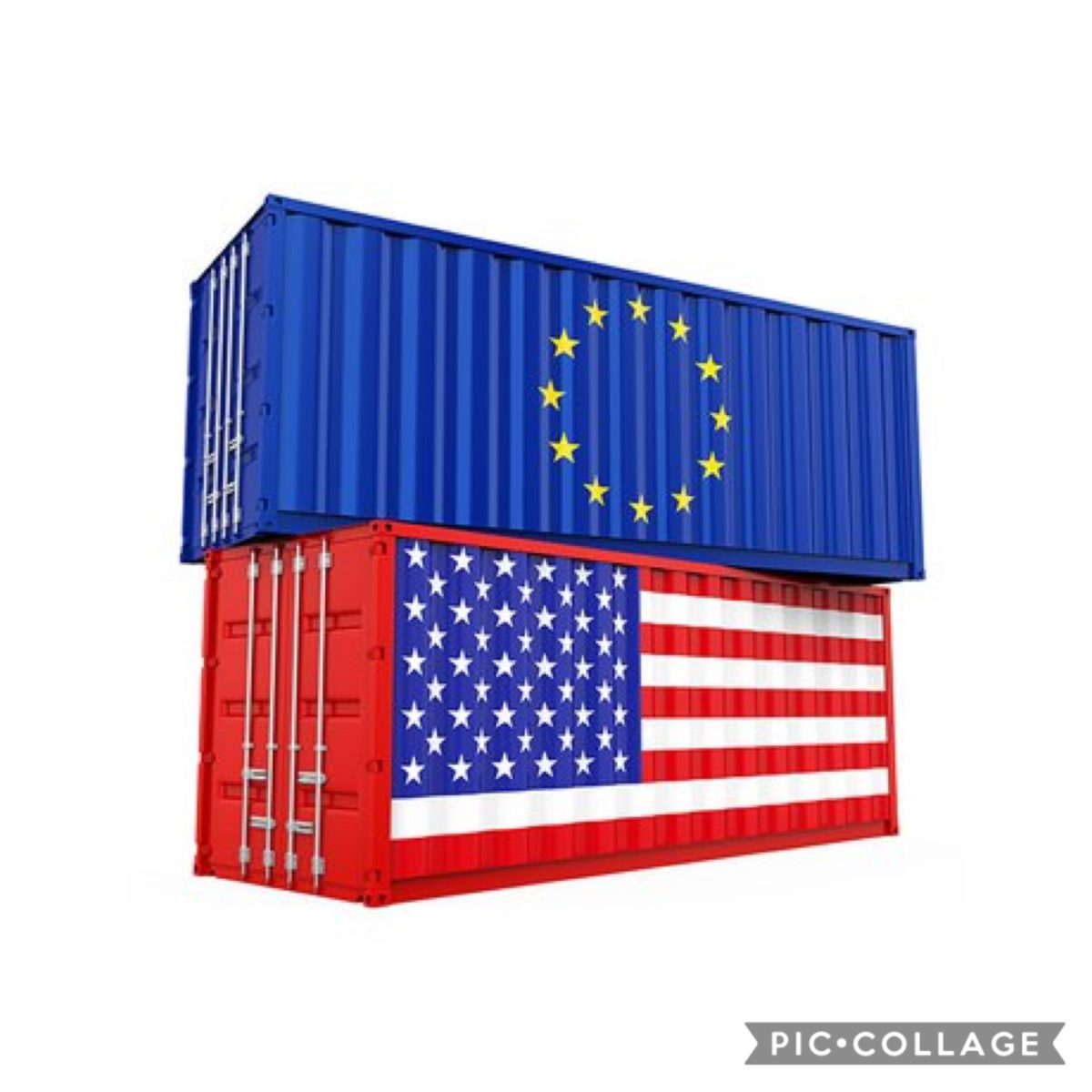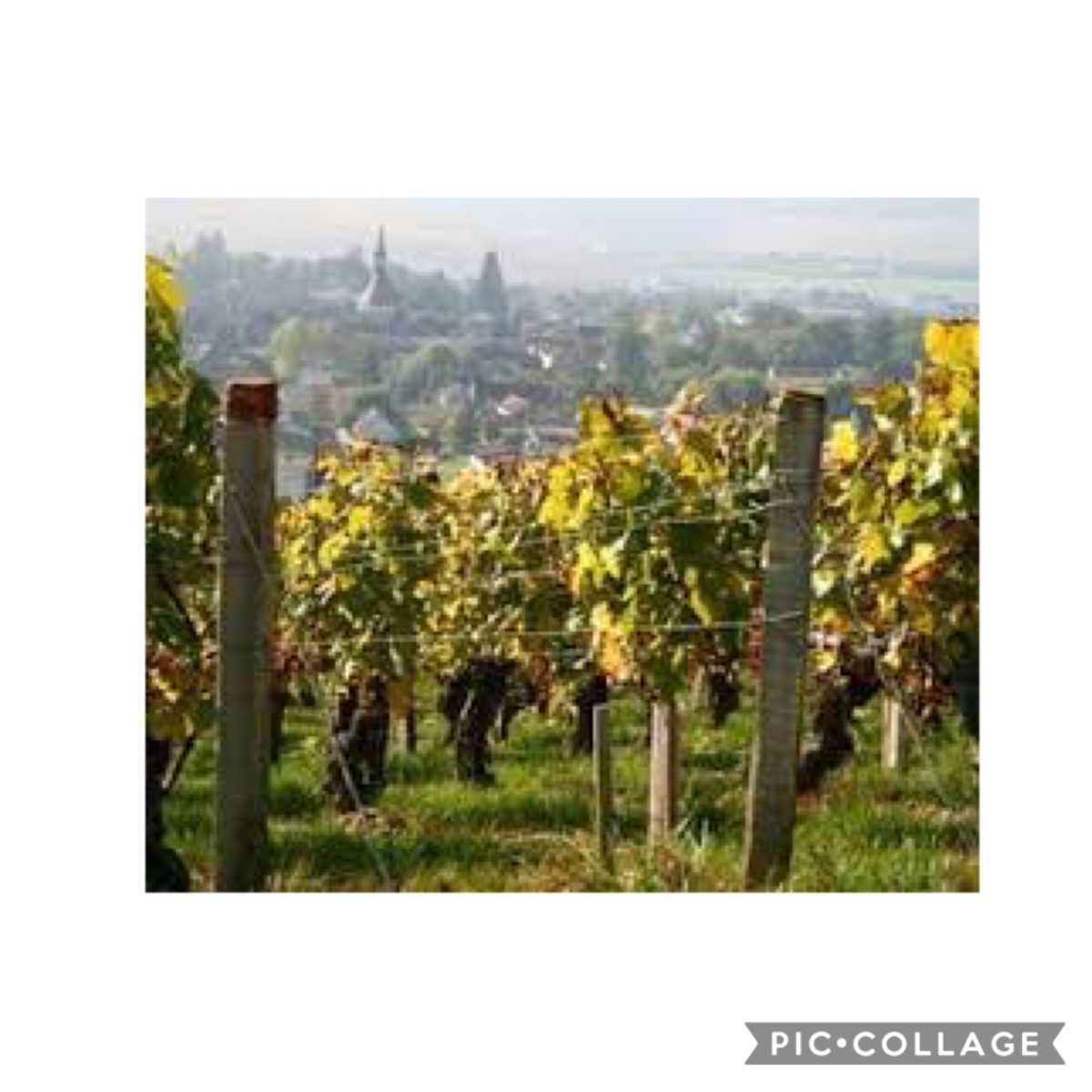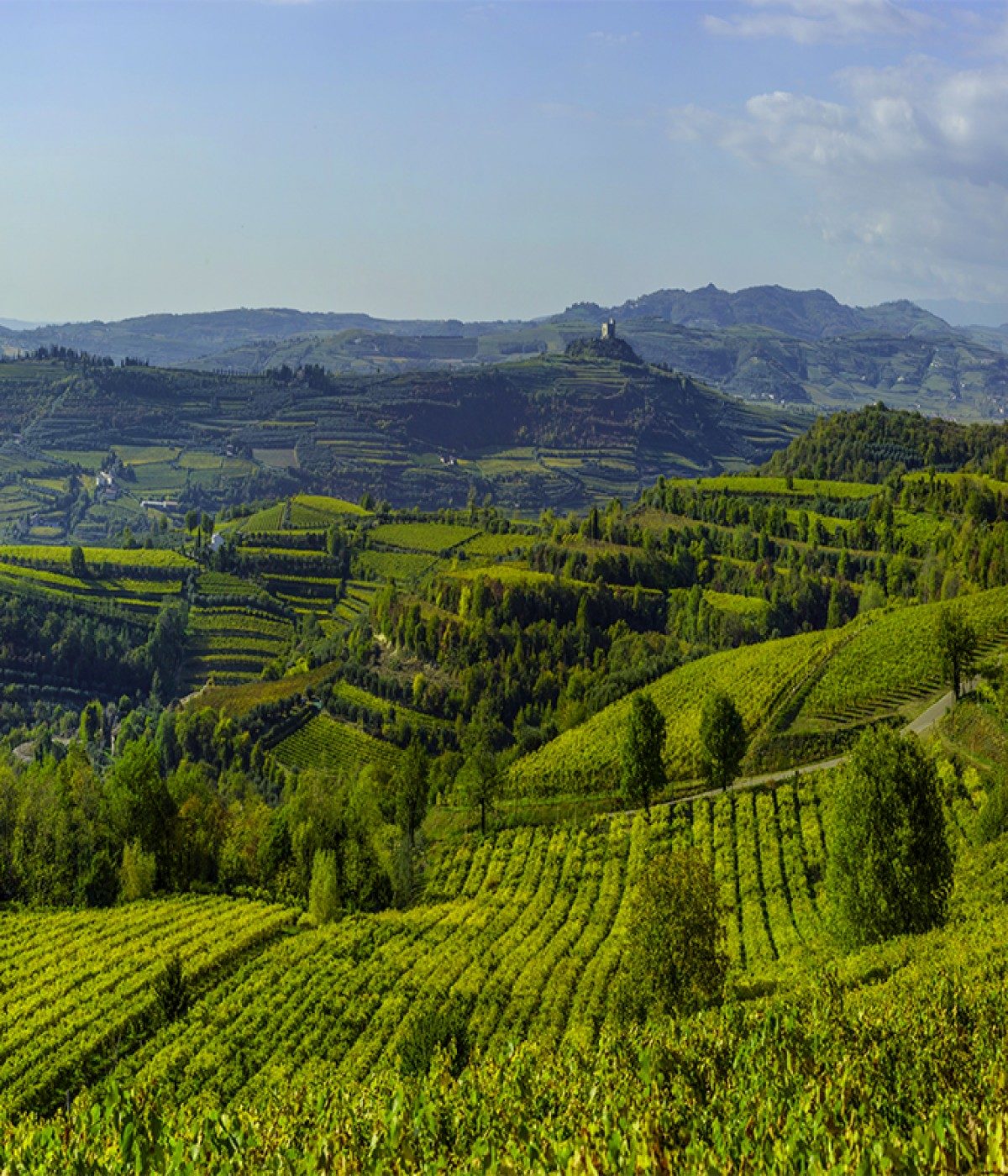Mauro Colagreco’s Mirazur, a French Riviera restaurant with a backyard farm, has been named the World’s Best Restaurant. This is the first time a French restaurant has ascended to the top of the rankings since 2002. Mirazur, located right by the border with Italy, is known for its salted beetroot with caviar cream, and for its unparalleled views of the Cote D’Azur.
“This recognition from my esteemed colleagues and peers is a great honor. It recognizes the trajectory of my life from Argentina to the Riviera that welcomed me so warmly 19 years ago. I am overjoyed to bring this award back to France”, said Colagreco.
“I am from so many influences but above everything, I am a cook and I love to cook. My food is from my heart and I love to share it with my guests. From all of us at Mirazur, thank you – we are all celebrating tonight,” he added.
The votes were submitted by over 1,000 food writers, critics, chefs, restaurateurs and industry experts from 26 regions from around the world.
Colagreco creates modern, delicately flavored dishes made with local seasonal ingredients.
Mauro Colagreco grows much of the produce on his own farm and sources a lot of his ingredients from the nearby Ventimiglia market, making a hero of both seafood and vegetables. One of his signature dishes is oyster with tapioca, shallot cream and pear.
“I am proud to be one of the representatives of a new French kitchen that lives to the rhythm of all the influences of the world. I am not French, but I have made French cuisine my passion; it is so beautiful and so refined.
“I believe in mixing, combining and celebrating all influences. I am pleased to be able to open my kitchen to different inspirations,” he said.
Mauro Colagreco cut his culinary teeth in Buenos Aires, moving to France in 2000 to work at the Lycée Hôtelier de La Rochelle. A year later his big break arrived when he worked as an apprentice under Bernard Loiseau at Cote d’Or. He then went on to work with some of the biggest names in French cooking, including Guy Martin, Alain Passard and Alain Ducasse.
Branching out in 2006, he opened Mirazur in the grounds of a 1930s villa surrounded by orchards and gardens close to the French-Italian border. The restaurant received its first Michelin star less than a year after opening and now boasts the top accolade of three stars.
Here is the official list of the “World’s 50 Best Restaurants 2019” which were announced last night in Singapore:
1. Mirazur (Menton, France)
Chef: Mauro Colagreco
Last year’s rank: 3
Average cost: €110-€210
2. Noma (Copenhagen, Denmark)
Chef: Rene Redzepi
Last year’s rank: N/A
Average cost: 2,500 DKK
3. Asador Etxebarri (Atxondo, Spain)
Chef: Victor Arguinzoniz
Last year’s rank: 10
Average cost: €176 tasting
4. Gaggan (Bangkok, Thailand)
Chef: Gaggan Anand
Last year’s rank: 5
Average cost: THB 6,500
5. Geranium (Copenhagen, Denmark)
6. Central (Lima, Peru)
7. Mugaritz (San Sebastian, Spain)
8. Arpège (Paris, France)
9. Disfrutar (Barcelona, Spain)
10. Maido (Lima, Peru)
11. Den (Tokyo, Japan)
12. Pujol (Mexico City, Mexico)
13. White Rabbit (Moscow, Russia)
14. Azurmendi (Larrabetzu, Spain)
15. Septime (Paris, France)
16. Alain Ducasse au Plaza Athénée (Paris, France)
17. Steirereck (Vienna, Austria)
18. Odette (Singapore)
19. Twins Garden (Moscow, Russia)
20. Tickets (Barcelona, Spain)
21. Frantzén (Stockholm, Sweden)
22. Narisawa (Tokyo, Japan)
23. Cosme (New York City, USA)
24. Quintonil (Mexico City, Mexico)
25. Alléno Paris au Pavillon Ledoyen (Paris, France)
26. Boragó (Santiago, Chile)
27. The Clove Club (London, United Kingdom)
28. Blue Hill at Stone Barns (Pocantico Hills, USA)
29. Piazza Duomo (Alba, Italy)
30. Elkano (Getaria, Spain)
31. Le Calandre (Rubano, Italy)
32. Nerua (Bilbao, Spain)
33. Lyle’s (London, United Kingdom)
34. Don Julio (Buenos Aires, Argentina)
35. Atelier Crenn (San Francisco, USA)
36. Le Bernardin (New York City, USA)
37. Alinea (Chicago, USA)
38. Hiša Franko (Kobarid, Slovenia)
39. A Casa do Porco (São Paulo, Brazil)
40. Restaurant Tim Raue (Berlin, Germany)
41. The Chairman (Hong Kong)
42. Belcanto (Lisbon, Portugal)
43. Hof Van Cleve (Kruishoutem, Belgium)
44. Test Kitchen (Cape Town, South Africa)
45. Sühring (Bangkok, Thailand)
46. De Librije (Zwolle, Netherlands)
47. Benu (San Francisco, USA)
48. Ultraviolet by Paul Pairet (Shanghai, China)
49. Leo (Bogotá, Colombia)
50. Schloss Schauenstein (Fürstenau, Switzerland)





